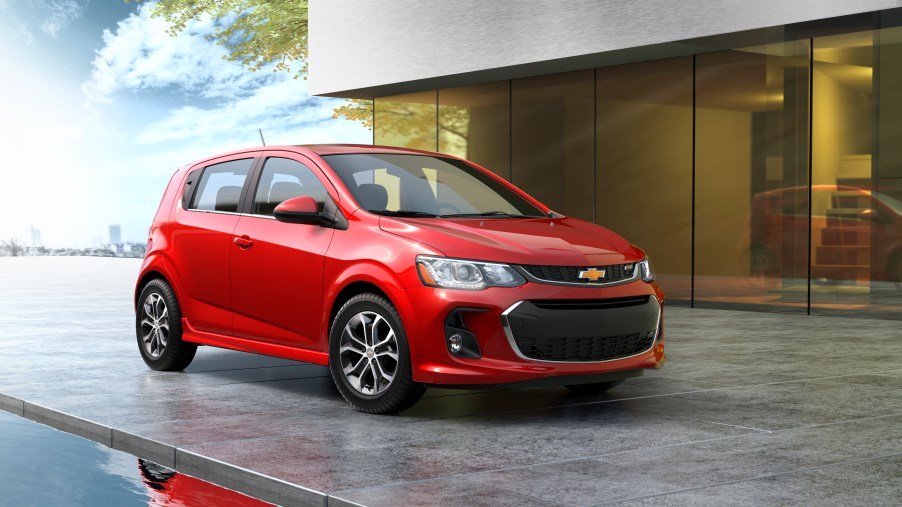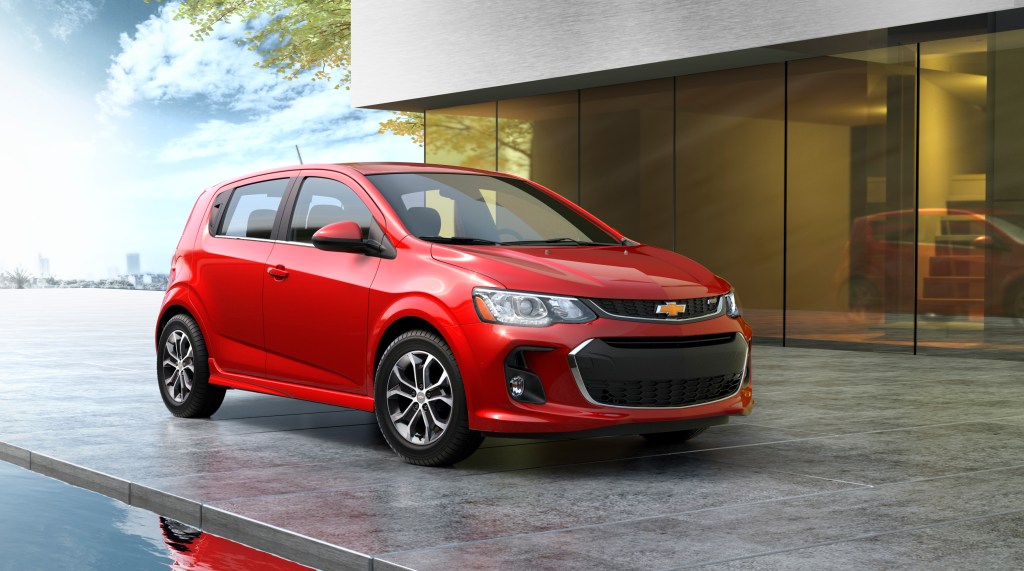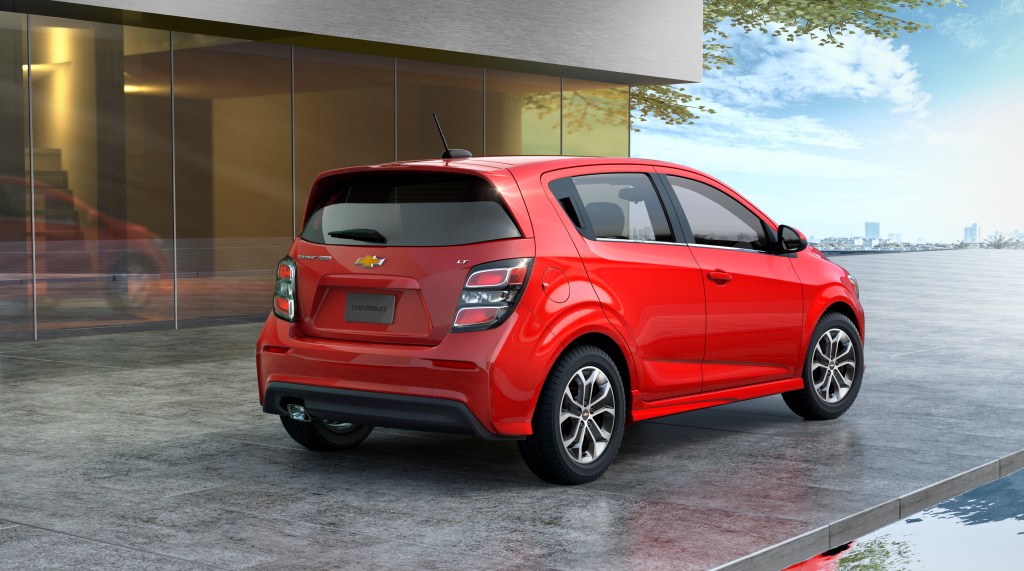
Is the 2020 Chevrolet Sonic a Better Value Than a Honda Fit?
The subcompact car category has been dominated for years by the Honda Fit and it’s no wonder, considering the Fit has a lot to offer. It’s good looks, value-packed trims, and excellent reliability are tough to compete with. However, the Chevrolet Sonic has much to offer as well. And while the last American hatchback might take a backseat to Honda’s star small car performer, could the Chevrolet Sonic actually be a better buy over the Honda Fit?
The Chevrolet Sonic trimmed some options for 2020
The Chevrolet Sonic debuted for the 2012 model year and replaced the Korean-made, and boring, Chevy Aveo. The Sonic was a welcomed addition to the subcompact category at the time. It presented another American alternative to the Honda Fit and Toyota Yaris, which were perennial leaders, and provided some competition along with the Ford Fiesta. As years went on, the Fiesta eventually made its departure, but the Chevy Sonic has soldiered on, has undergone a minor refresh, and has even simplified its options.
For the 2020 model year, Chevrolet did away with the manual transmission option for the Sonic as well as the previously offered 1.8-liter base engine option. The previously optional 1.4-liter turbocharged engine is now standard across all trim levels as is the six-speed automatic transmission. While the manual transmission will be missed, we can see why GM did away with it, since most buyers in this market typically don’t tend to care about rowing their own gears.

The Chevrolet Sonic needs a lower starting price

Although Chevrolet has slimmed down some of the unnecessary options, its starting price is still a little higher than that of the Honda Fit. The Fit starts at around $16,190 while the Chevrolet Sonic starts at $17,600 for the base sedan trim, which is quite a bit higher. And for the extra $1,500, you don’t get much. In fact, you don’t even get power windows, cruise control, or power mirrors. But you do get a 7-inch touchscreen infotainment system with Apple Carplay and Android Auto compatibility, which the base Honda Fit does not have.
As you move up in the Chevy Sonic trim levels, you do get a lot more including faux-leather seating surfaces, a heated steering wheel, power-adjustable seats, and larger wheels. Opting for the better-looking hatchback form yields more available performance features including a stiffer suspension, fog lights, and an available RS package that includes some sport aesthetic features. And while the Chevy Sonic does offer up a great look and a neat package, we think that it could benefit from a lower starting price to not only remain competitive but to also reflect its lack of come basic convenience amenities.

Is the Chevy Sonic a better value than the Honda Fit?
After comparing the Chevy Sonic and Honda Fit side-by-side, it’s pretty easy to see why the Honda Fit has been a segment leader for years. The Fit costs less across the board – the top-trim Sonic hatchback tops out at $23,000 compared to the Fit’s highest price of $20,000 – and it offers a manual transmission, along with more standard features and better fuel economy, to appease a wider range of prospective buyers.
And while the Chevrolet Sonic might still be a great contender, which is why it has lasted for the past eight years, we think that with some minor pricing and feature adjustments, it might be able to carry on for longer. However, as it stands, the Honda Fit still provides a stronger value proposition.



